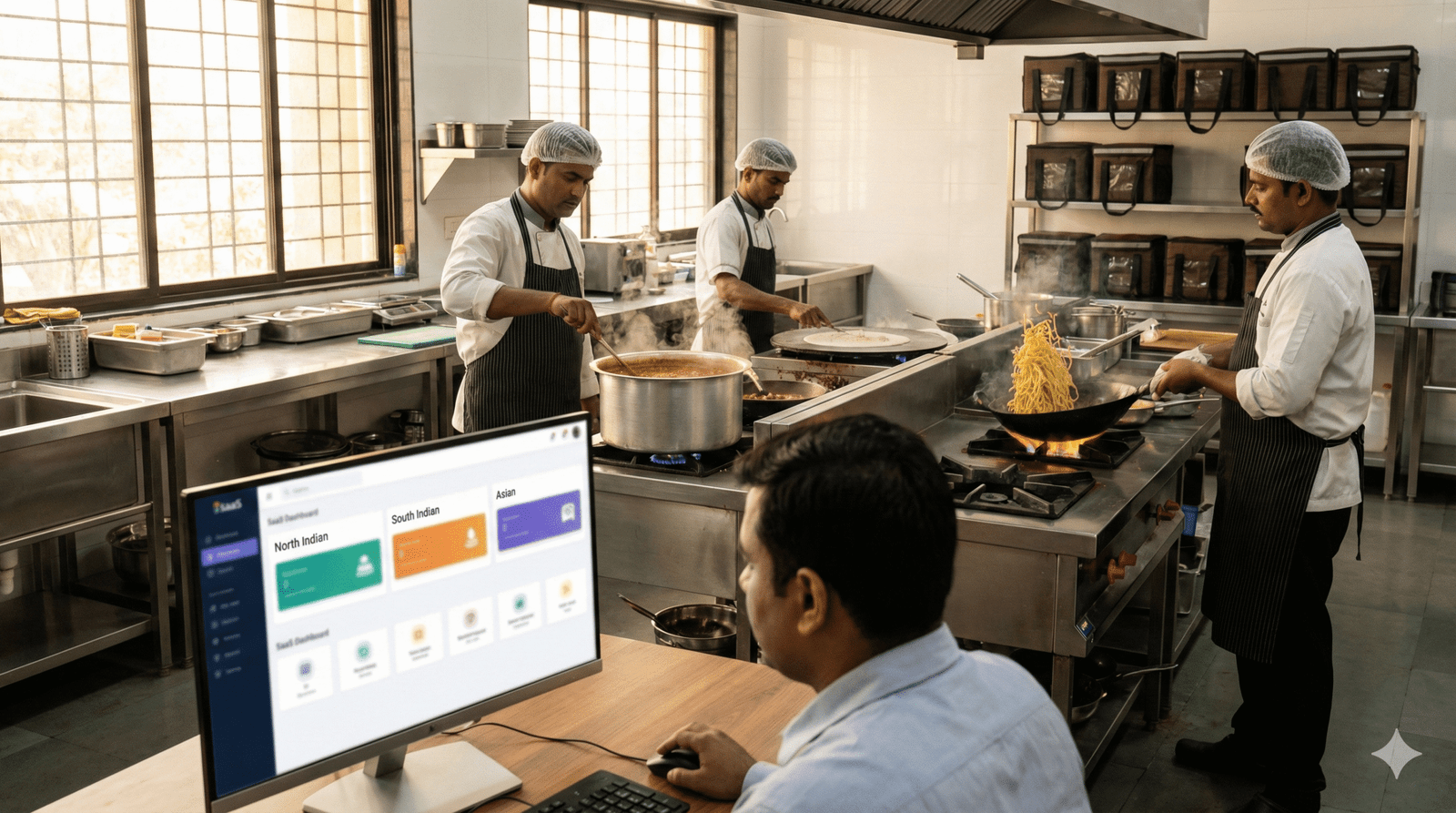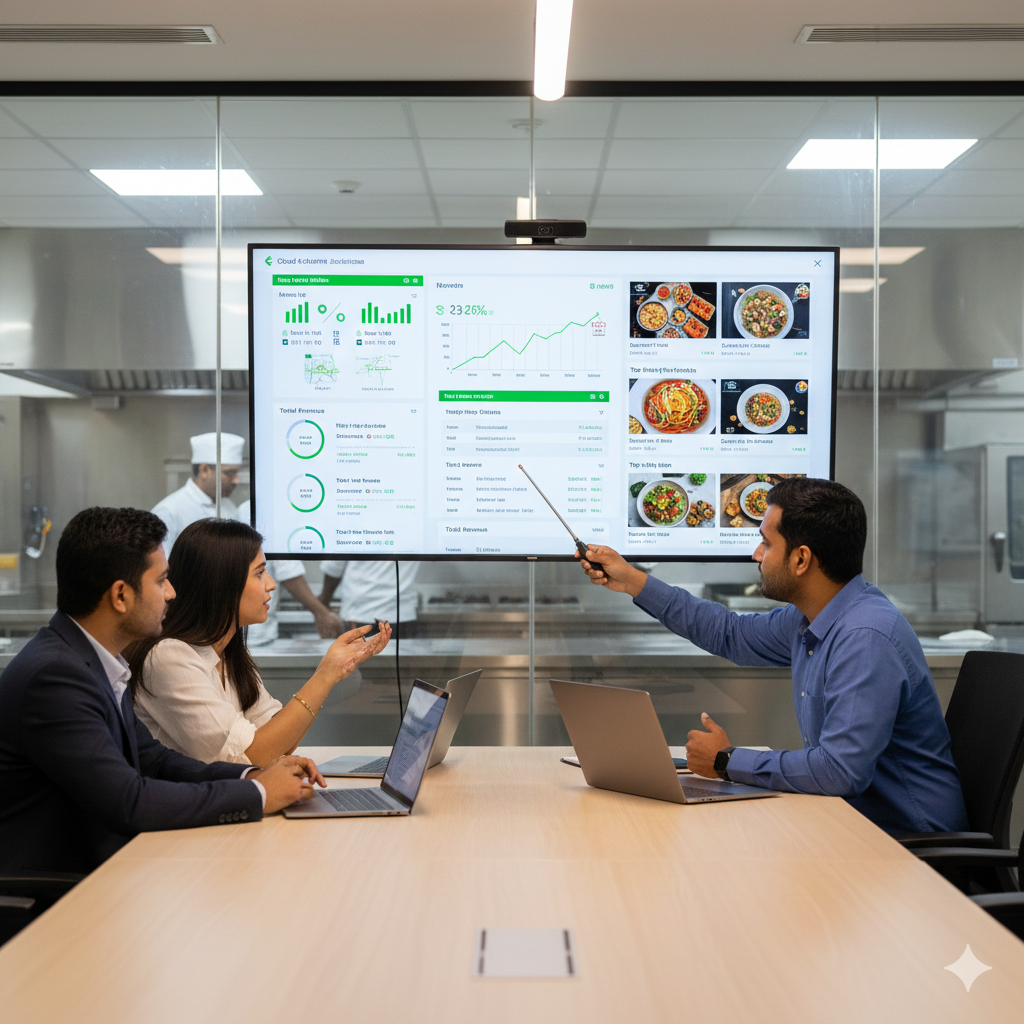In today’s fast-paced world, convenience is key. With the rise of on-demand delivery services, ordering food has never been easier. Gone are the days of waiting in line or making phone calls to place an order. Now, with just a few clicks, you can have your favorite meal delivered right to your doorstep. This revolution in food ordering has made it seamless to order food now, providing unparalleled convenience and flexibility for consumers.

The Rise of On-Demand Delivery
On-demand delivery services have become increasingly popular over the past few years. With the advent of food delivery apps and online ordering systems, consumers can now order food from the comfort of their own homes. This convenience has led to a significant increase in the demand for on-demand delivery services, with many restaurants and food establishments now offering delivery options.
Benefits of On-Demand Delivery
So, what are the benefits of on-demand delivery? For one, it offers unparalleled convenience. With on-demand delivery, you can order food at any time of day or night, and have it delivered to your doorstep within a short period. This is especially useful for busy professionals or families with young children who may not have the time to cook or visit a restaurant.
Another benefit of on-demand delivery is the variety of options available. With on-demand delivery, you can order from a wide range of restaurants and food establishments, offering a diverse range of cuisines and menu options. This means that you can try new foods and restaurants without having to leave your home.
How On-Demand Delivery Works
So, how does on-demand delivery work? The process typically begins with the customer placing an order through a food delivery app or online ordering system. The order is then received by the restaurant or food establishment, which prepares the food according to the customer’s specifications.
Once the food is ready, it is delivered to the customer’s doorstep by a delivery driver. The customer can track the status of their order in real-time, receiving updates on the estimated time of arrival and the location of the delivery driver.
Read Also : Zomato Partner: Unlocking New Opportunities for Restaurants
Top Online Ordering Platforms for Restaurants
Challenges Facing On-Demand Delivery
While on-demand delivery offers many benefits, there are also some challenges facing this industry. One of the main challenges is the high demand for delivery drivers. With the rise of on-demand delivery, there is a shortage of qualified delivery drivers, leading to delays and inefficiencies in the delivery process.
Another challenge facing on-demand delivery is the need for efficient logistics and routing systems. With the high demand for delivery, it is essential to have a system in place that can efficiently manage the delivery process, ensuring that orders are delivered quickly and efficiently.
The Future of On-Demand Delivery
So, what does the future hold for on-demand delivery? As the demand for delivery continues to grow, we can expect to see more innovations in the delivery process. One area that is likely to see significant growth is the use of autonomous vehicles for delivery. With the development of autonomous vehicles, we can expect to see a significant reduction in the need for human delivery drivers, leading to increased efficiency and cost savings.
Another area that is likely to see growth is the use of data analytics to optimize the delivery process. With the increasing amount of data available, we can expect to see more sophisticated analytics systems in place to optimize the delivery process, ensuring that orders are delivered quickly and efficiently.
Conclusion
In conclusion, on-demand delivery has revolutionized the way we order food. With its unparalleled convenience and variety of options, on-demand delivery has become an essential part of modern life. While there are some challenges facing this industry, we can expect to see significant innovations in the future, including the use of autonomous vehicles and data analytics to optimize the delivery process.





